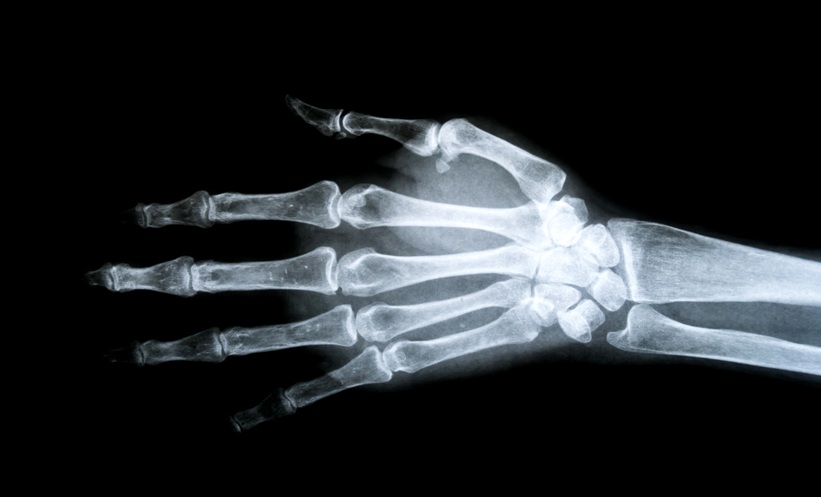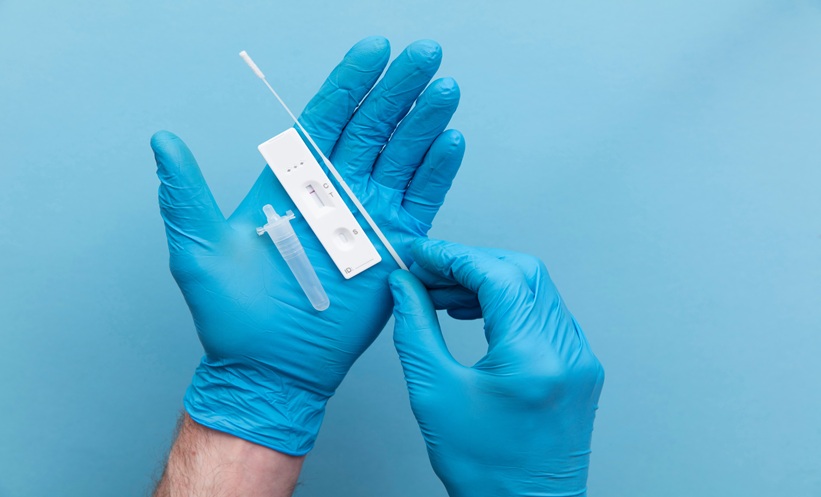Abstract
Idiopathic scoliosis (IS) is a lifetime condition and is defined as a structural, lateral rotated curvature of the spine of >10° on standing coronal plane radiographs. It should be distinguished from other causes of scoliosis. It can be classified as infantile, juvenile, and adolescent according to age. As a rule of thumb, about 80% of all curves are idiopathic, right convex thoracic, and present in otherwise healthy girls at the beginning of puberty. A family member most commonly detects scoliosis. The structural asymmetry of the spine is best observed by asking the patient to bend forward. IS is often seen in more than one member of a family, but the aetiology remains unknown. Multiple genes are likely to be involved with incomplete penetrance and variable expressivity. Early detection by screening allows for monitoring curve progression and timely initiation of bracing, but school screening is controversial and practises vary worldwide. Most patients have minor scoliosis and treatment is generally not recommended for patients with curves <20°, but in many European countries clinicians recommend physiotherapy (scoliosis specific exercises) for smaller curves. The indication for bracing is a progressive curve of 25-45° in a growing child. Its effectiveness has been debated, but in a large recent randomised study, the number of teenagers with high-risk curves who progressed to the threshold of surgery was significantly reduced. Surgery is recommended for patients with curves >45°. Scoliosis surgery was not successful until the introduction of Harrington’s instrumentation in the 1960s. Modern instrumentation has evolved from the Cotrel-Dubousset system in the 1980s, and a variety of methods are available today. Although scoliosis may be a burden, long-term studies suggest that a good quality of life is maintained in most patients.
Please view the full content in the pdf above.








